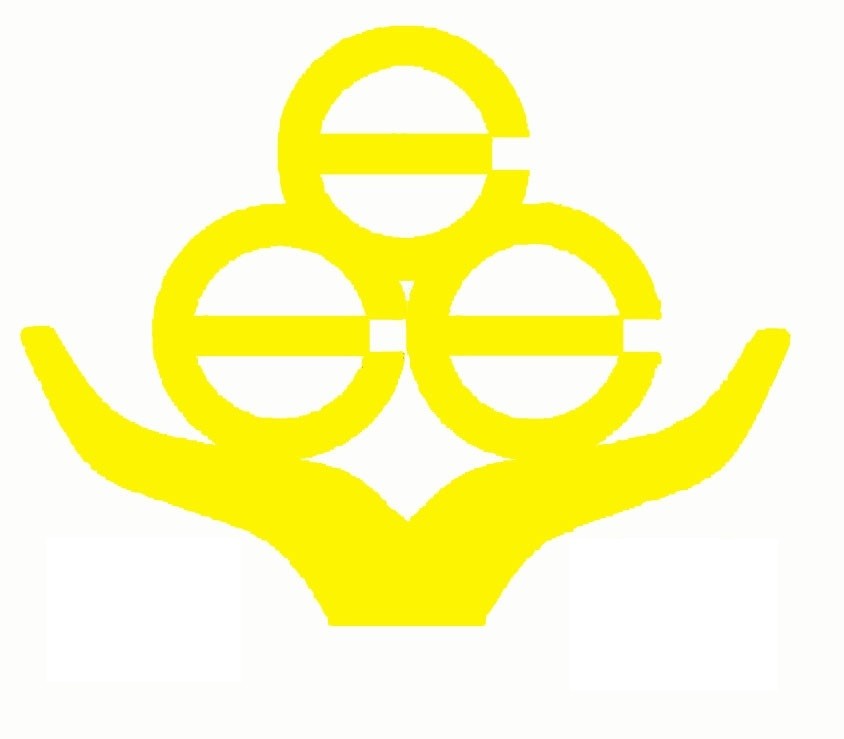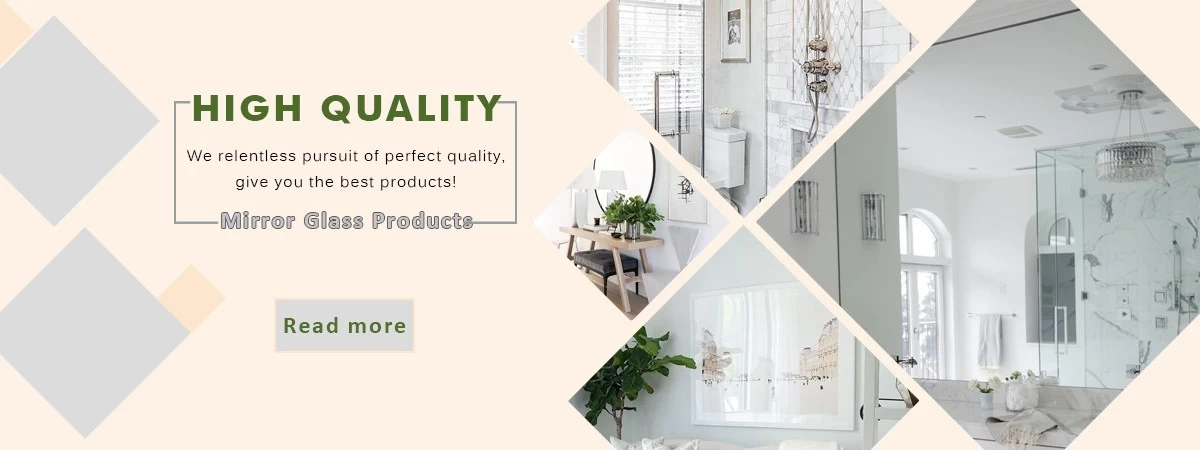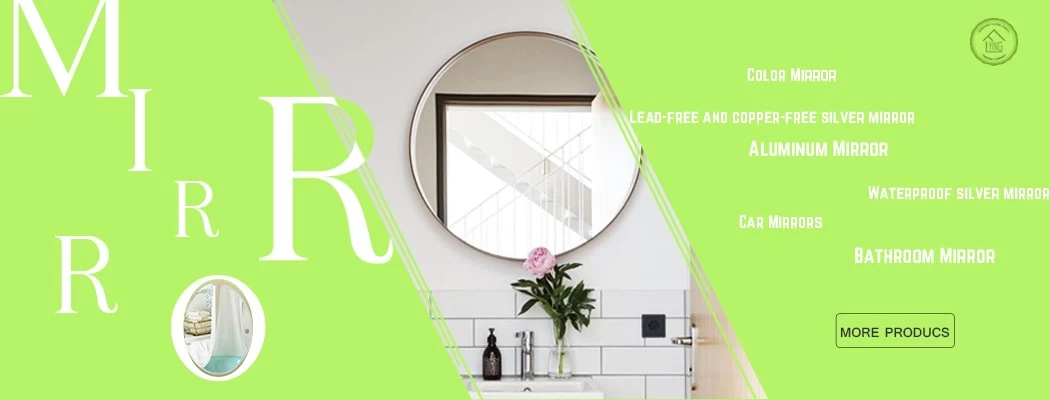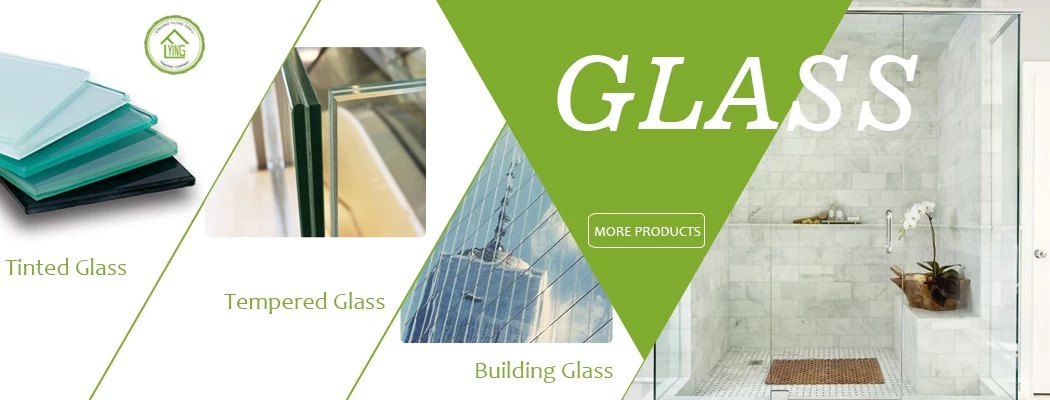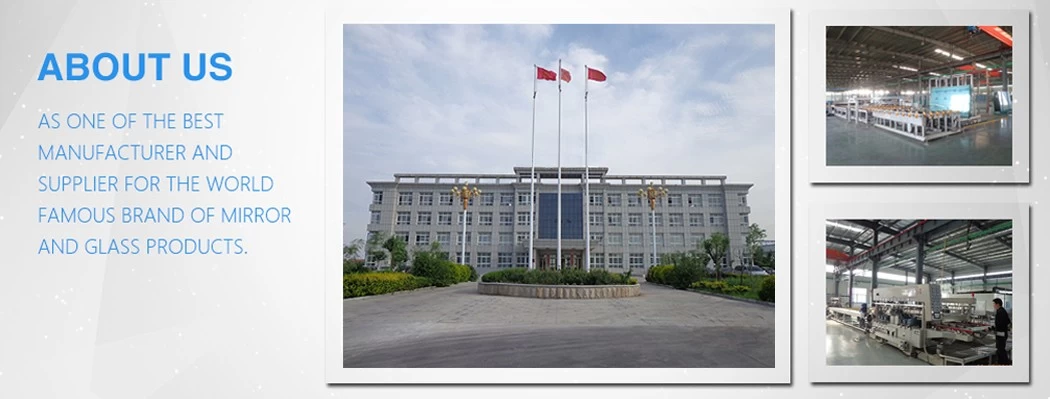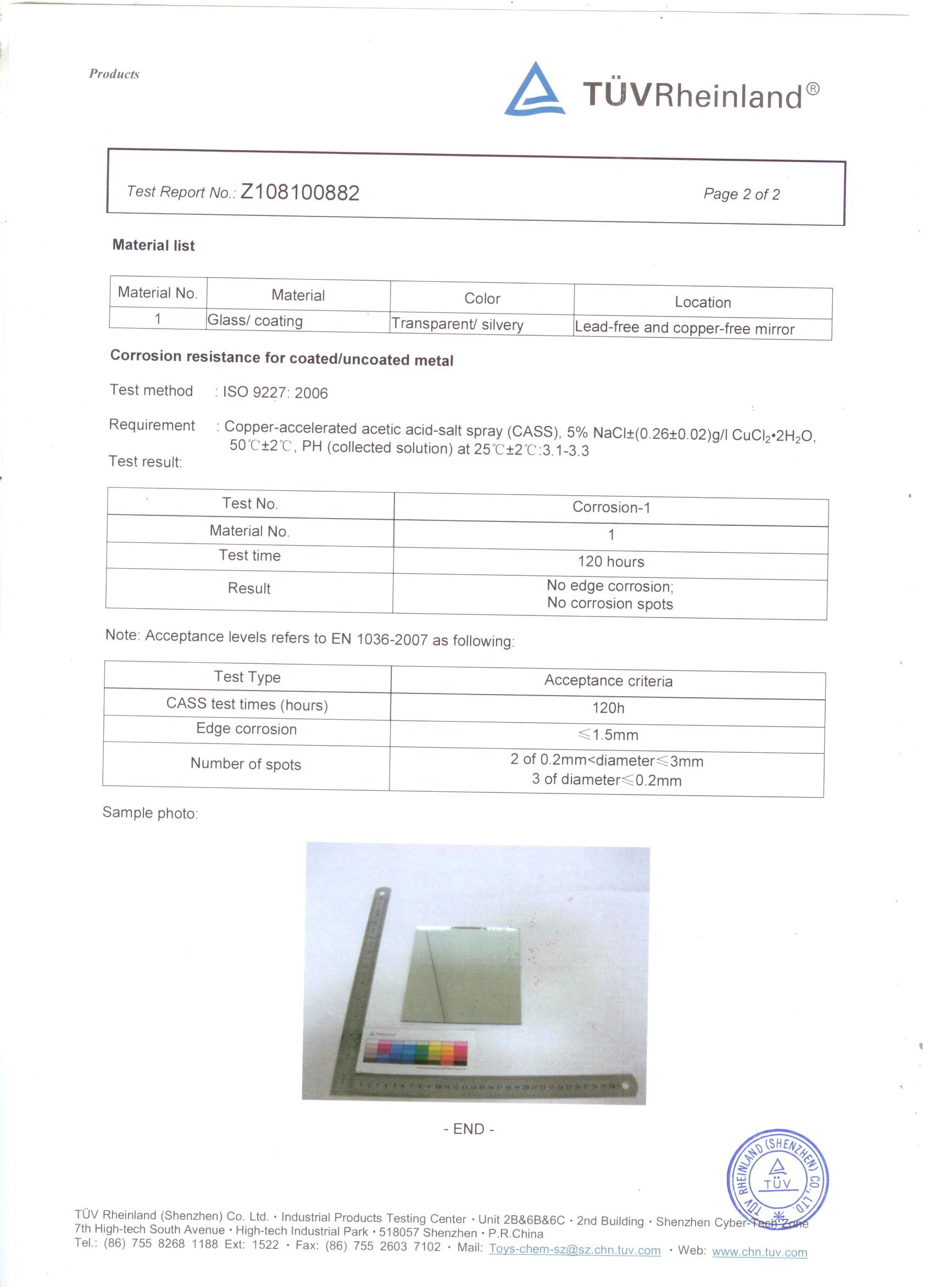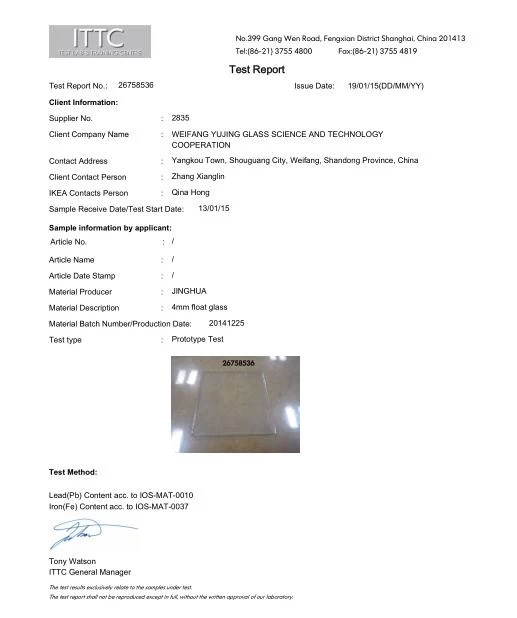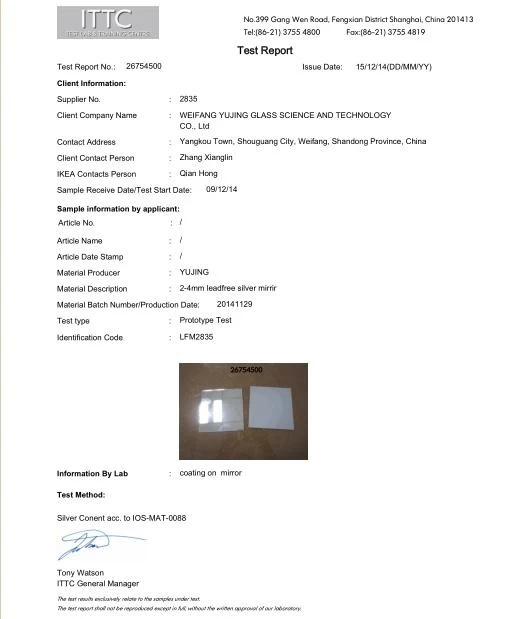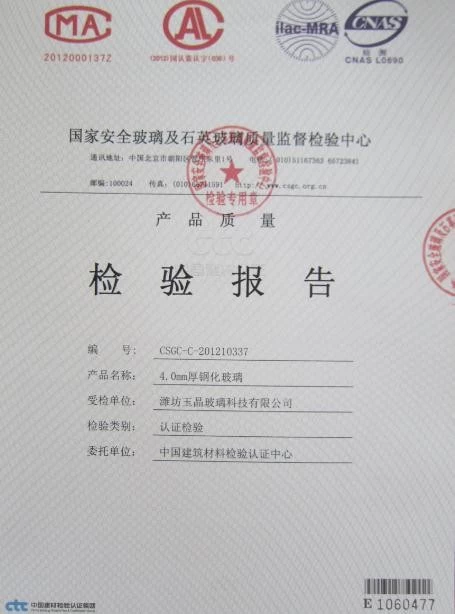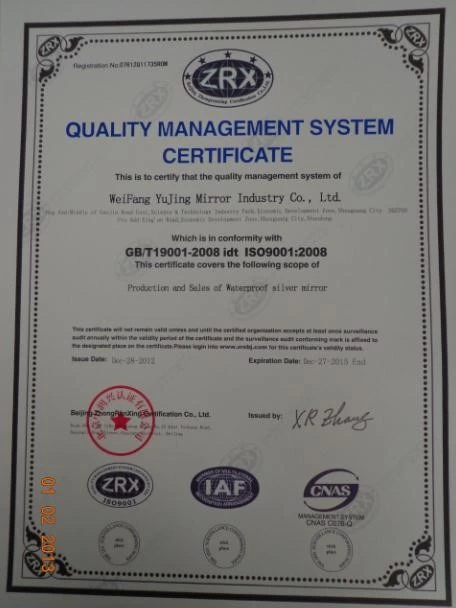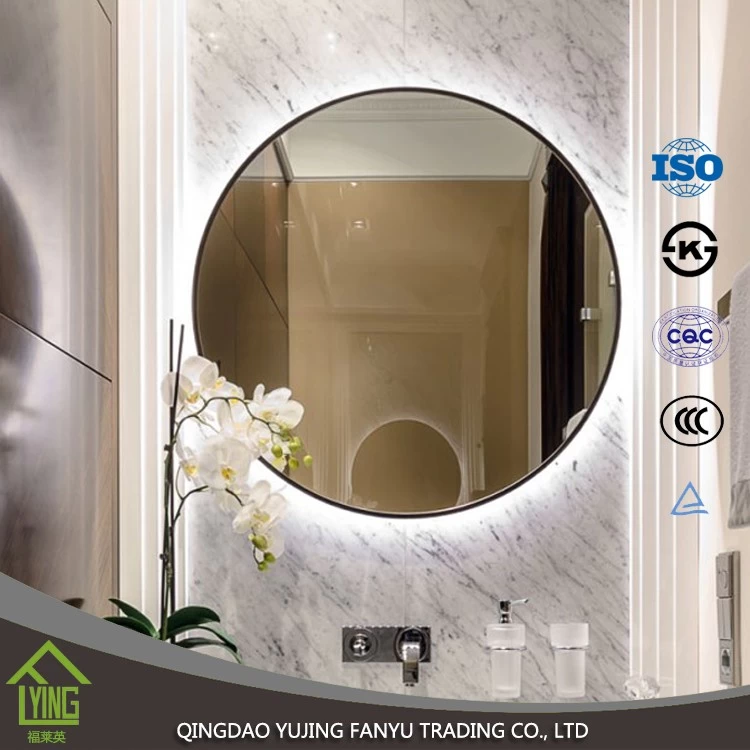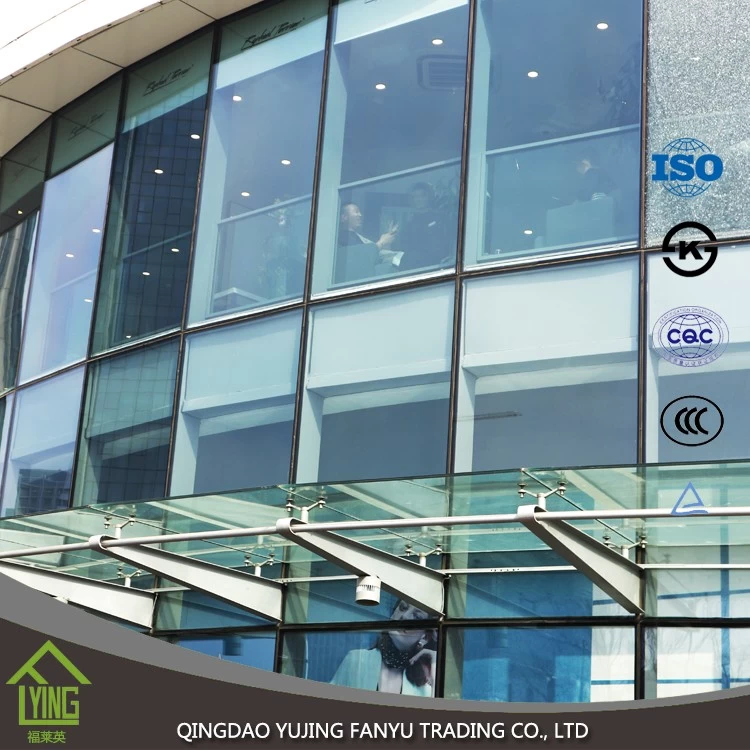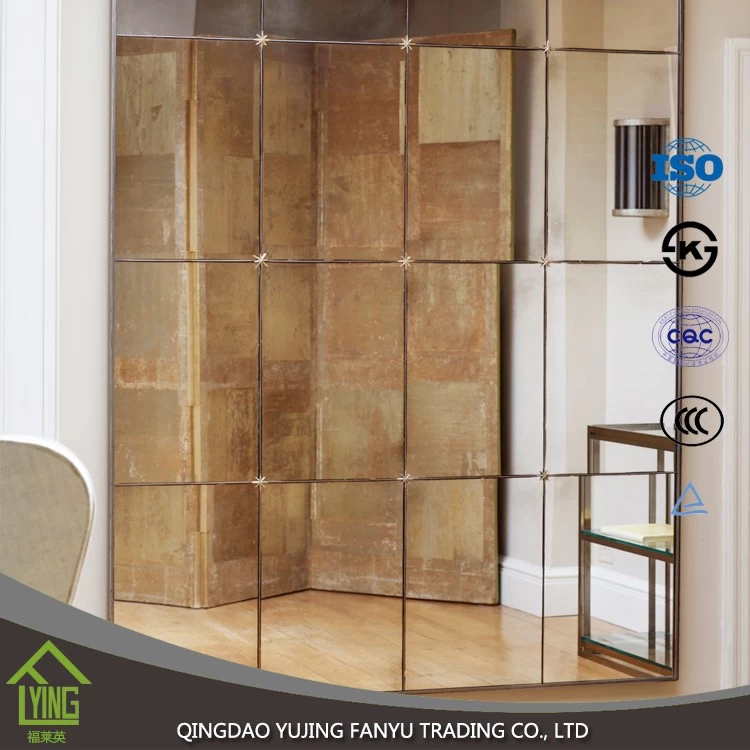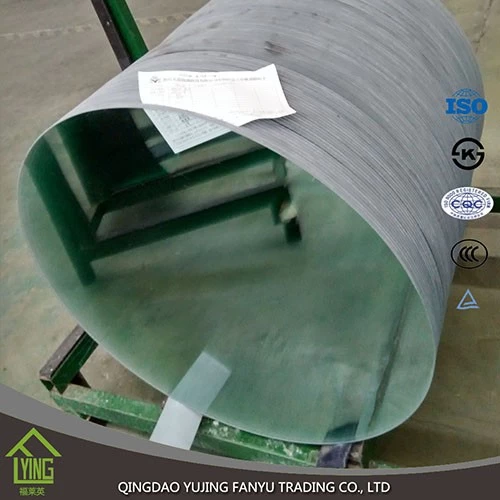Glass material production process

First, is glass a composite material?
Some glass is a composite material, such as laminated glass, wired glass, etc.
A composite material consists of two or more materials of different nature, which are composed of macroscopic (microscopic) materials with new properties through physical or chemical methods. The various materials complement each other in performance and produce synergistic effects. The composite material has better comprehensive performance than the original composition material and meets various requirements. The matrix material of the composite material is divided into metal and non-metal. The metal matrix is commonly used in aluminum, magnesium, copper, titanium and alloys. The metal matrix mainly includes synthetic resin, rubber, ceramics, graphite, carbon, etc. The reinforcing materials mainly include glass fiber, carbon fiber, boron fiber, aramid fiber, silicon carbide fiber, asbestos fiber, whisker, wire and hard fine particles. .
glassIt is formed by melting together silica and other chemicals (the main raw materials are: soda ash, limestone, quartz). It forms a continuous network structure during melting, and the viscosity gradually increases and hardens during cooling to cause crystallization of silicic acid. Salt non-metallic materials. The chemical composition of ordinary glass is Na2SiO3, CaSiO3, SiO2 or Na2O·CaO·6SiO2, etc. The main component is silicate double salt, which is an amorphous solid with irregular structure. It is widely used in construction. It is used to separate the wind and light. It belongs to the mixture. It also has colored glass which is mixed with oxides or salts of certain metals to show color, and tempered glass obtained by physical or chemical methods.
Second, the production process of glass materials
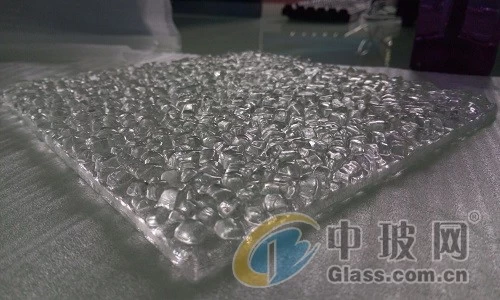
1 raw material pre-processing. The bulk material (quartz sand, soda ash, limestone, feldspar, etc.) is pulverized to dry the wet raw material, and the iron-containing raw material is subjected to iron removal treatment to ensure the quality of the glass.
2 batch preparation.
3 melting. The glass batch material is heated at a high temperature (1550~1600 degrees) in a kiln or a kiln to form a uniform, bubble-free liquid glass that meets the molding requirements.
4 molding. The liquid glass is processed into articles of a desired shape, such as flat plates, various utensils, and the like.
5 heat treatment. Through the processes of annealing, quenching, etc., the stress, phase separation or crystallization inside the glass is eliminated or generated, and the structural state of the glass is changed.
Related concepts
Composite material
The composite material is a multi-phase material prepared by a composite process of two or more materials, such as a metal material, a ceramic material or a polymer material, and various materials are mutually complementary in performance, resulting in a synergistic effect, so that the composite material is integrated. The performance is superior to the original constituent materials and meets various requirements. The composite consists of a matrix of continuous phase and a phase reinforcement comprised by the matrix. The matrix material is divided into two major categories of metal and non-metal. Aluminum, magnesium, copper, titanium and alloys thereof are commonly used in metal substrates. Non-metal substrates mainly include synthetic resins, graphite, rubber, ceramics, carbon, and the like. Reinforcing materials mainly include glass fiber, carbon fiber, boron fiber, aramid fiber, asbestos fiber, silicon carbide fiber, whisker, wire and hard fine particles.
Non-metallic material
A material in which a non-metallic material is composed of a non-metal element or a compound. Since the 19th century, with the advancement of production and science and technology, especially the development of inorganic and organic chemical industries, humans have manufactured and synthesized many new non-metallic materials, such as cement, using natural minerals, plants and petroleum as raw materials. , artificial graphite, special ceramics, synthetic rubber, synthetic resin (plastic), synthetic fiber, etc. These non-metallic materials are widely used in modern industries due to their excellent properties, which are incompatible with natural non-metallic materials and certain metal materials, and are rapidly expanding.
